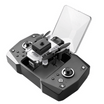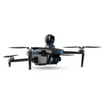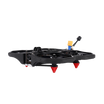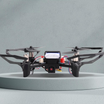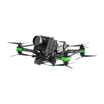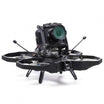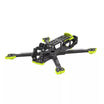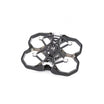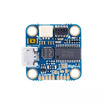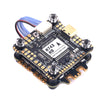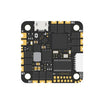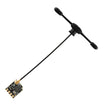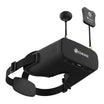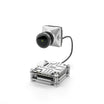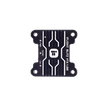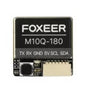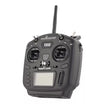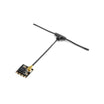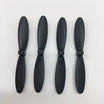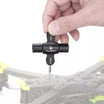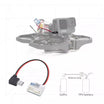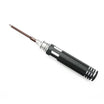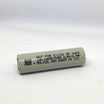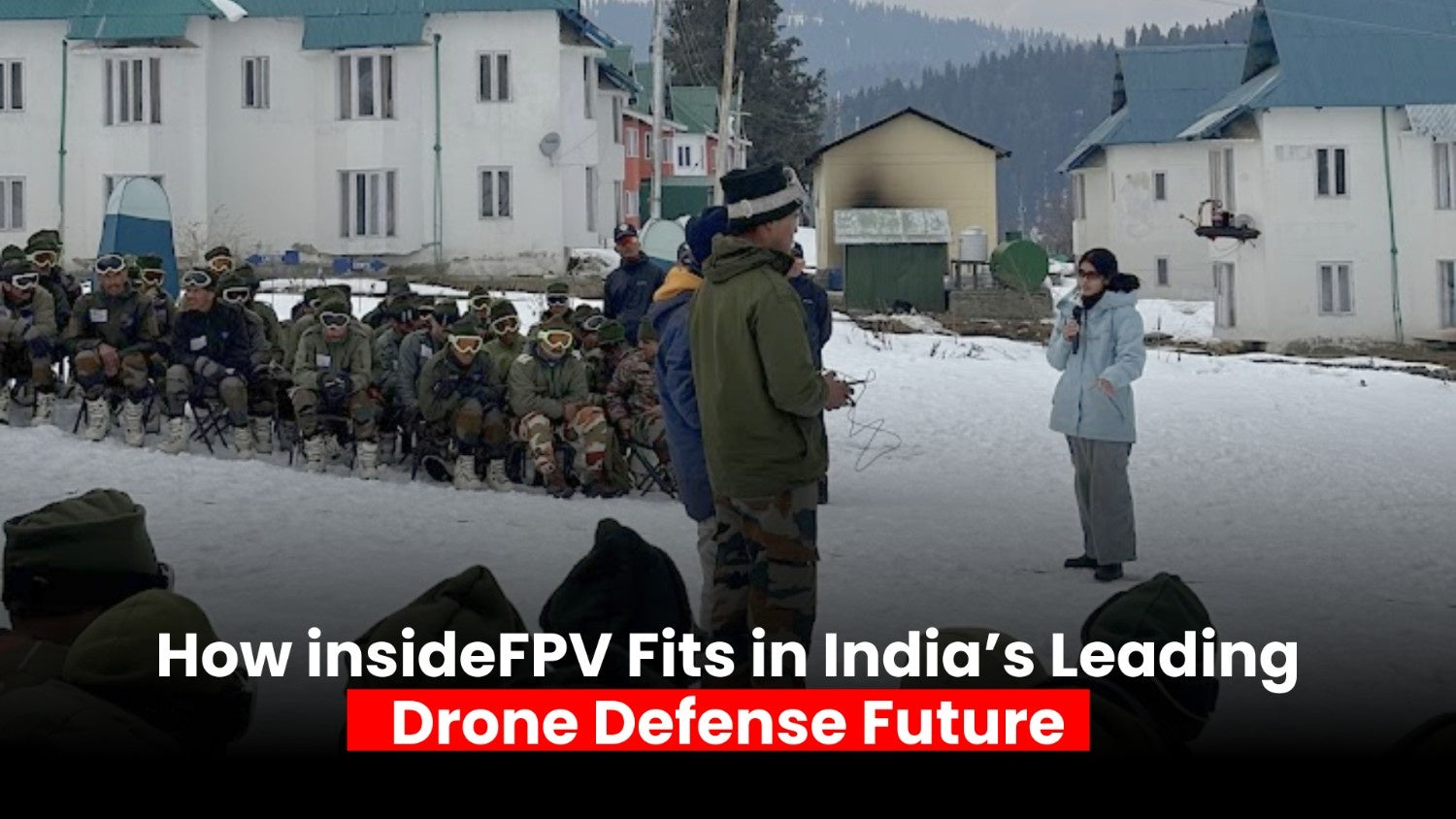Modern warfare doesn’t pause when the sun sets. Thanks to thermal and infrared technology, drones can now operate just as effectively at night as they do during the day.
From stealth reconnaissance missions to coordinated night-time strikes, combat drones with thermal and infrared vision are becoming the new normal on today’s battlefield.
In this blog, let’s explore how these technologies work, where they’re being used, and why they’re changing the game in night warfare.
What is thermal and infrared imaging in drones
Thermal and infrared sensors let drones see heat, not light. That’s what makes them so powerful in complete darkness.
Every living being and machine emits heat. Thermal imaging picks up these heat signals and turns them into visual data, showing hot and cold areas in a scene. Infrared imaging works on a similar principle but is even more detailed in how it reads radiation.
For combat drones, these sensors mean they can detect people hiding in forests, tanks covered in camouflage, or even warm footprints on the ground. They don’t rely on visible light, so they work perfectly at night, in smoke, fog, or under cloud cover.
These drones don’t just see in black and white. Some use AI-powered fusion of infrared and daylight imagery, which blends thermal visuals with outlines or color mapping. That gives soldiers clearer context when making decisions under pressure.
What’s new in night vision drone tech in 2025
Over the past year, night-time drone technology has taken some huge leaps forward.
The biggest change is how smart these drones have become. Drones are now using onboard artificial intelligence to analyze what they see in real time. That means they don’t just stream video back to the control center.
They can now tag threats, follow moving targets, and make flight path changes on their own.
Another major shift is miniaturization. Before, only large drones could carry heavy thermal cameras. But in 2025, even small FPV drones used for close-quarter attacks are being fitted with compact thermal sensors. Some of these drones cost less than a thousand dollars but can deliver pinpoint accurate strikes at night.
We’re also seeing longer battery life and better image stabilization. Drones that used to last twenty minutes now fly for over an hour, and their cameras produce clean, steady footage that’s easy to analyze.
In ongoing conflicts like Ukraine and Myanmar, night-capable drones are no longer special tools. They’re standard equipment.
And they’re being used in some of the most innovative ways we’ve ever seen in combat.
Also read: How to become a certified drone pilot in 2025
How combat drones are used at night
Infrared drones are tactical tools that can be used for domination after dark. Here are a few key ways militaries are using them:
Stealth surveillance
High-altitude drones can fly silently over enemy territory, scanning for heat signatures without giving away their position. This makes them perfect for spying on enemy movement or locating hidden supply depots.
Target acquisition and tracking
Thermal sensors help drones pick out targets based on their heat. Whether it’s a human, a vehicle engine, or a running generator, the drone can lock on and follow that signature across long distances.
Coordinated swarm attacks
Some military units are now deploying groups of small FPV drones that attack together. Each drone carries its own thermal camera and feeds into a shared data stream. At night, these swarms are almost impossible to stop.
Border security and patrol
Drones with thermal tech are now used for patrolling borders or securing perimeters. They don’t just detect intrusions, they verify whether it’s a human, an animal, or a false alarm.
Also read: How insideFPV fits in India’s leading defense future
How armies are fighting back against infrared drones
Thermal drones are powerful, but not unstoppable. And defenders are catching up fast.
One of the biggest countermeasures is thermal camouflage. That includes using special materials to mask heat, covering vehicles with insulation, or even cooling down engines before moving.
There’s also research going into active thermal cloaking. Some companies are developing systems that mimic the temperature of the surroundings, making drones and vehicles almost invisible to heat sensors.
Then there are laser-based drone defense systems. These use infrared sensors to track drones and then zap them with high-powered lasers. Countries like Israel and India are testing these right now, and early results show they’re surprisingly effective.
We’re also seeing thermal-guided missiles being used to shoot down drones. India’s new Bhargavastra system uses heat detection to lock on to fast-moving UAVs during nighttime assaults.
Also read: How the Rudrashtra UAV will enhance India’s defense against drone threats
Where this technology is heading next
The next few years will take night-time drone warfare to a whole new level.
Here are some of the trends already in motion:
Autonomous thermal targeting
AI will soon allow drones to identify, track, and engage targets with almost no human input. All it needs is a heat signature.
3D thermal mapping
Drones are starting to use stereo thermal vision to estimate depth and size. This is especially useful for navigating tight spaces or verifying the size of a threat.
Swarm logic and hive intelligence
Expect to see more drone swarms with shared AI brains that can split up and regroup without central commands. And all this will be done while using thermal sensors to stay on mission.
Thermal sensors in microdrones
With sensors getting smaller and cheaper, even handheld drones used by ground troops will have basic infrared capabilities. That makes every squad its own mini air force.
Frequently Asked Questions
What makes infrared drones better than regular night vision?
Infrared drones detect heat instead of relying on visible light. That makes them more effective in total darkness, through smoke, or in bad weather where traditional night vision doesn’t work well.
Are thermal drones being used in real wars right now?
Yes. Both the Ukrainian and Myanmar conflicts have seen heavy use of thermal-equipped drones. They’re being used for surveillance, ambushes, and even kamikaze-style attacks at night.
Can thermal drones be fooled or blocked?
They can, but it’s difficult. Some military vehicles use thermal blankets or cooled surfaces to mask their heat. However, completely hiding a heat source from a drone is still a big challenge.
How far can thermal drones see at night?
It depends on the sensor and altitude. High-end military thermal drones can detect a human target from several kilometers away. Most FPV drones with thermal cameras work best within a range of 100 to 500 meters.

